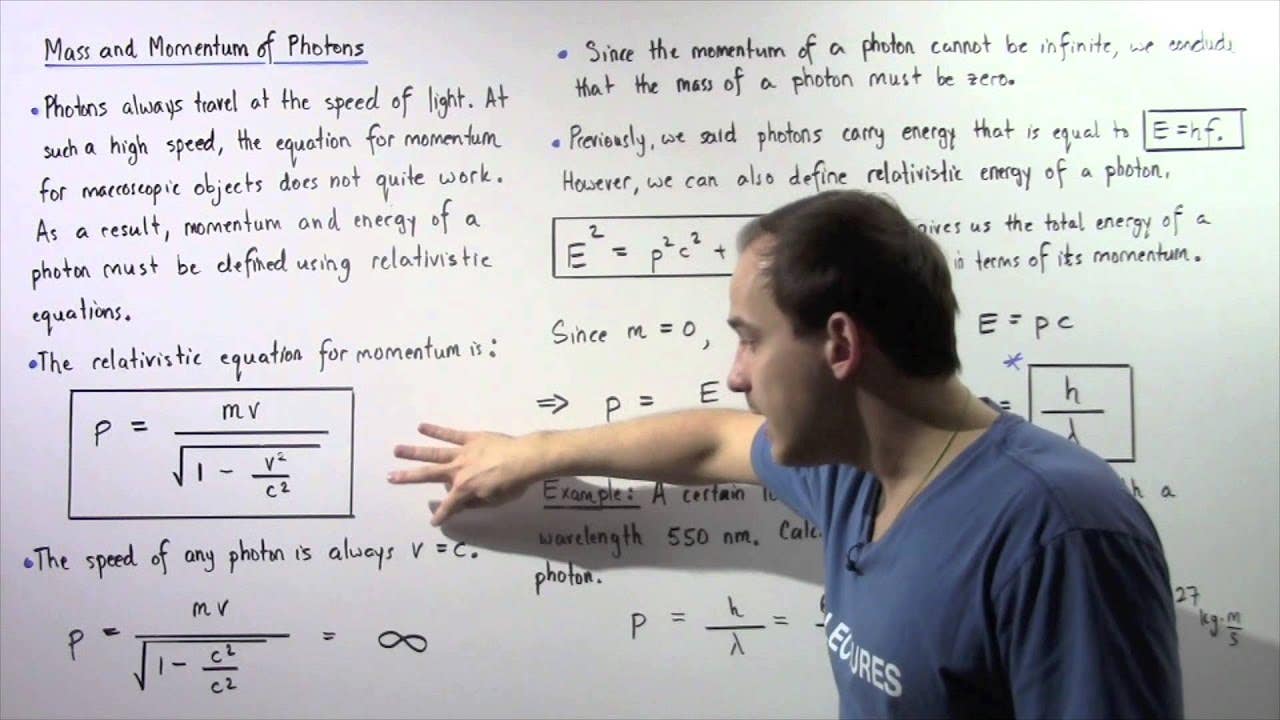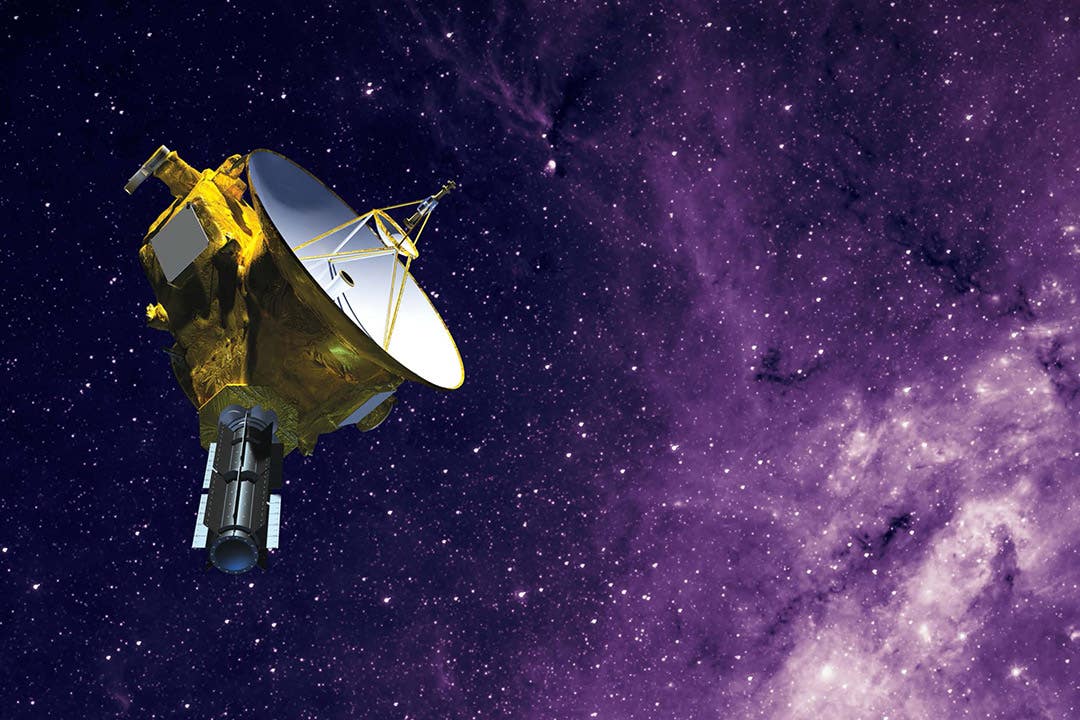Scientists just figured out the weight of a particle of light
Research has provided a new upper limit for the mass of light which would have significant implications for our understanding of the Universe and fundamental physics.

Recent research has provided a new upper limit for the mass of light. (CREDIT: Creative Commons)
Recent research has provided a new upper limit for the mass of light, suggesting that a photon—a particle of light—can weigh no more than 9.52 × 10^-46 kilograms. This minuscule figure, if confirmed, would have significant implications for our understanding of the Universe and fundamental physics.
Photons are typically considered massless. They travel through space-time at a constant speed in a vacuum, neither accelerating nor decelerating. This constant velocity suggests masslessness, and so far, no evidence contradicts this notion. However, absolute certainty about photons being massless remains elusive.
If photons did have mass, even a tiny one, it would profoundly affect our understanding of physics. Such a discovery would challenge Einstein's theory of special relativity and Maxwell's electromagnetic theory. This could potentially lead to new physics and help answer major questions about the Universe, though it would also raise many new ones.
Directly measuring the mass of a photon is beyond our current technological capabilities. Instead, scientists use indirect methods to estimate an upper limit for this hypothetical mass. A team of astronomers from Sichuan University of Science & Engineering, the Chinese Academy of Sciences, and Nanjing University employed such methods to achieve their findings.
The researchers analyzed data from the Parkes Pulsar Timing Array and various sources of fast radio bursts. A pulsar timing array consists of radio telescopes monitoring neutron stars that emit pulsing beams of electromagnetic radiation with extreme precision. Fast radio bursts are powerful bursts of light of unknown origin, detected across vast intergalactic distances.
The key property the researchers examined is the dispersion measure. This attribute of pulsars and fast radio bursts measures how much a tightly pulsed beam of radio light is scattered by free electrons between us and the light source. If photons have mass, their travel through non-vacuum space filled with plasma would be influenced by both the mass and the free electrons in the plasma, causing a delay proportional to the photon's mass.
Pulsar timing arrays detect delays in pulsar pulses relative to each other. By minimizing dispersion effects within the ultrawide bandwidth, researchers can calculate how much delay could be attributed to the hypothetical photon mass. Similarly, analyzing the signals from fast radio bursts can reveal a delay proportional to the photon mass.
Through meticulous analysis, the team derived an upper limit of 9.52 × 10^-46 kilograms (or 5.34 × 10^-10 electron volts c^-2 in energy terms). It is crucial to note that this does not mean photons have mass; rather, it defines a new boundary within which the mass could exist if it did.
"This is the first time," the authors write, "that the interaction between a nonzero photon mass and the plasma medium has been taken into account and calculated as the photon propagates through the plasma medium."
While this new upper limit is not significantly lower than a previous measurement published in 2023, it is a refinement. It provides scientists investigating the effects of a hypothetical photon mass with a more precise range for their studies.
The study also underscores the importance of highly precise radio telescopes. Although we are unlikely to measure the mass of a photon directly anytime soon, consistently high-quality data will allow scientists to narrow down the measurement further and understand its potential effects on the Universe.
This research has been published in The Astrophysical Journal, contributing to our ever-evolving understanding of the cosmos and the fundamental nature of light.
Note: Materials provided above by the The Brighter Side of News. Content may be edited for style and length.
Like these kind of feel good stories? Get the Brighter Side of News' newsletter.
Rebecca Shavit
Science & Technology Journalist | Innovation Storyteller
Based in Los Angeles, Rebecca Shavit is a dedicated science and technology journalist who writes for The Brighter Side of News, an online publication committed to highlighting positive and transformative stories from around the world. With a passion for uncovering groundbreaking discoveries and innovations, she brings to light the scientific advancements shaping a better future. Her reporting spans a wide range of topics, from cutting-edge medical breakthroughs and artificial intelligence to green technology and space exploration. With a keen ability to translate complex concepts into engaging and accessible stories, she makes science and innovation relatable to a broad audience.






